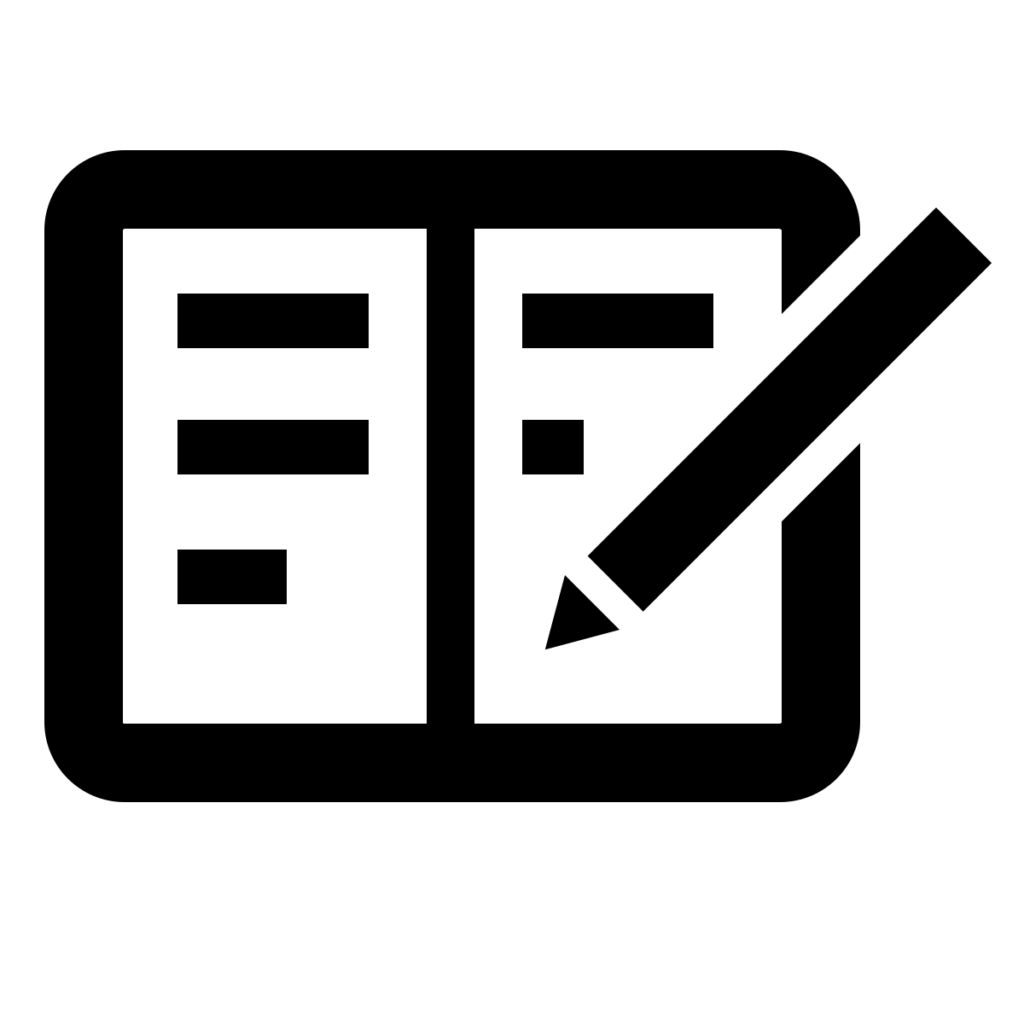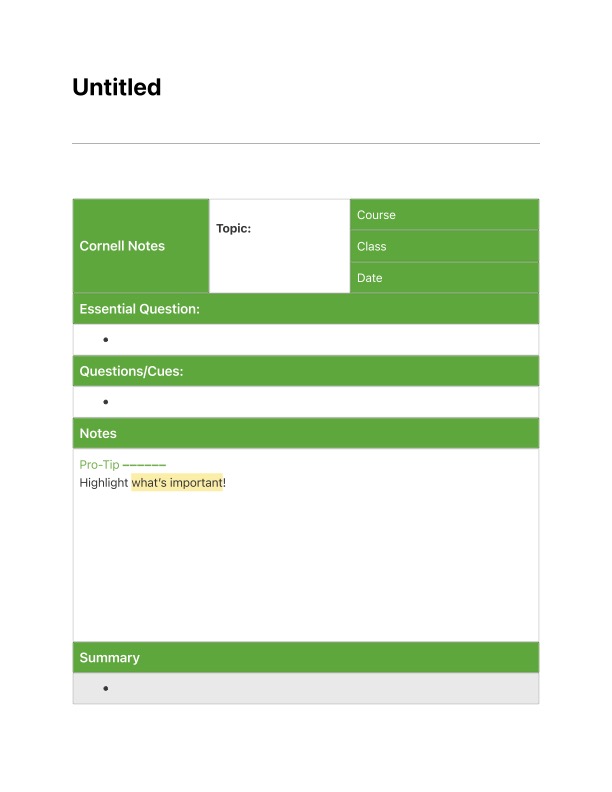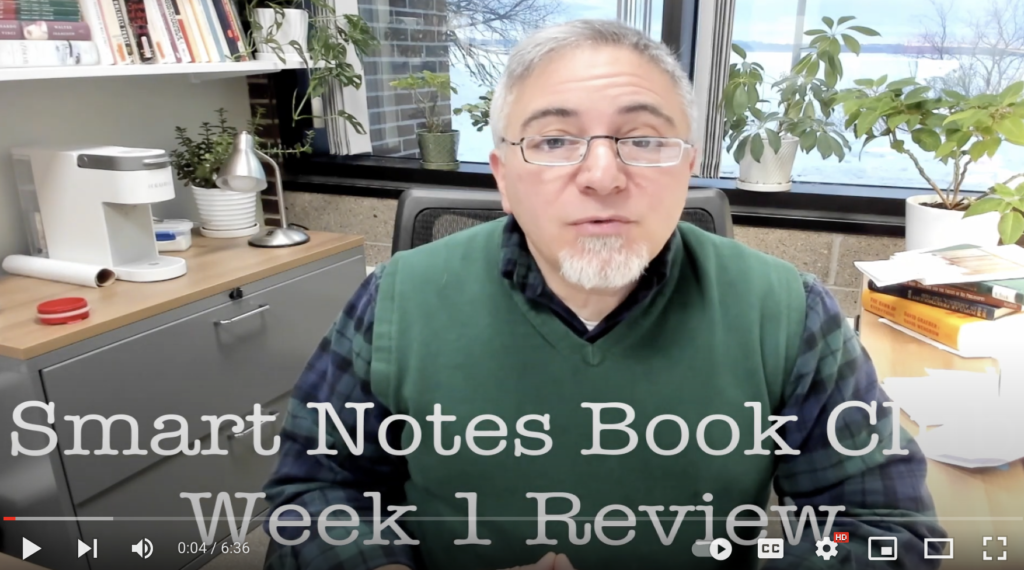Folks like me and many I follow get all excited about the latest learning tactics and the research that investigates if and why the tactics work. Every once in a while I think back to some observations I made while lecturing to large groups of undergraduates who took Introductory and Educational Psychology.

After an introduction to the Cornell Note-Taking system, I asked if anyone recognized what I was describing from middle-school or high school. Typically, a third-or so of the students would raise their hands. I then would ask how many were using the Cornell system to take notes on my presentation. In doing this for many years, I think I may have found one or two students who were using the system. For the occasional ed psych prof who reads my posts, give these questions a try and see what you discover.
I often ask about this experience in my grad courses seeking an explanation. Nothing much ever emerges from this request, but I would often observe that more research should be focused on the barriers to the adoption of proven study tactics. The Cornell system is simple enough. It can’t be exposure since the Cornell system is introduced in K12 and college study skill programs. Maybe the younger students were required to show that they were using the system.
The one exception I can think of to my observation regarding college student application of study tactics is the use of flash cards. At least some students in fields that require the memory for lots of specifics (I tend to think of PT and OT students) I noticed breaking out their decks of cards while waiting for my classes to begin. So there is this interesting exception to investigate. Why flash cards and note Cornell notes?
![]()


You must be logged in to post a comment.